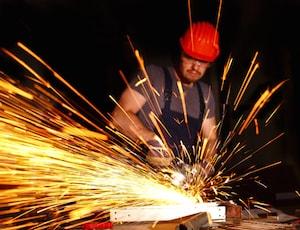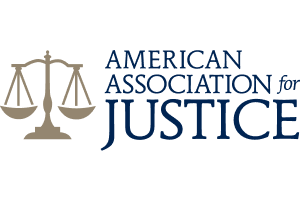Eye Injuries

Construction sites create a significant risk for eye injuries to anyone present. In a study funded by the National Institute for Occupational Safety and Health (NIOSH), the Center to Protect Workers’ Rights (CPWR) reported that more than 10,600 eye injuries force construction workers to miss work each year, and construction has a much higher rate of eye injuries than any other industry. The Center for Disease Control (CDC) reports that each day about 2,000 U.S. workers (not limited to construction) have a job-related eye injury that requires medical treatment, with about a third of the injuries requiring hospital emergency treatment and more than 100 per day resulting in one or more days of lost work.
Although, workers are generally not allowed to sue their own employer for work related injuries in Washington, injured workers may be entitled to recover from third parties, like subcontractors or the general contractor at a construction site, if an eye injury resulted from the third party’s negligence or if the company responsible for the jobsite failed to enforce applicable safety regulations designed to prevent eye injuries. If you or someone you know suffered an eye injury on a construction site, it is generally worth investigating whether the injury may be attributed to a negligent third party like the general contractor or another subcontractor.
Eye injuries may result from a variety of hazards including small objects flying through the air (such as nails or screws, staples, metal fragments, wood splinters, and cut wire ends), jobs that create dust and grit (like cement mixing, sawing, grinding and chipping), and use of certain chemicals may burn the eyes. The Department of Labor & Industries specifically requires employers to provide such eye or face protection to prevent injury by flying particles, molten metal, chemicals, and welding or radiation.
Safety regulations specifically require that employees be provided with eye and face protection equipment when machines or operations present potential eye or face injury from physical, chemical, or radiation agents. Protective equipment must meet the requirements specified in American National Standards Institute, Z87.1-1968, Practice for Occupational and Educational Eye and Face Protection.
Examples of protective equipment include goggles, safety glasses, and clear plastic face shields. For workers who use corrective lenses, eye protection must either fit over glasses without disturbing the adjustment of the glasses, or the protective lenses themselves must be to the worker’s prescription.
Furthermore, your jobsite must have an emergency eyewash station to treat eye injuries. Where the eyes or body of any person may be exposed to injurious corrosive materials, suitable facilities for quick drenching or flushing of the eyes and body must be provided within the work area for immediate emergency use. Lack of any of the required worker protection equipment constitutes evidence of negligence and may serve as the basis for recovery from a third party.
In recent years, the greater Puget Sound area has seen an increase in construction, as local real estate values bounce back. As more construction sites pop up around Seattle, Tacoma, Bellevue, and other nearby areas, there are likely more workers getting hurt. If you or someone you know has suffered an eye injury on a construction site, call the attorneys at Kraft Davies Olsson PLLC for a free consultation to determine whether a third party may be responsible for those injuries and whether you are entitled to compensation.







